30 years since the Challenger disaster
Categories: Catastrophes | Space
By Pictolic https://pictolic.com/article/30-years-since-the-challenger-disaster.htmlOn January 28, 1986, at the 73rd second after the launch, the Challenger shuttle was destroyed. The cause of the disaster was damage to the sealing ring of the solid-fuel accelerator.
(12 photos in total)
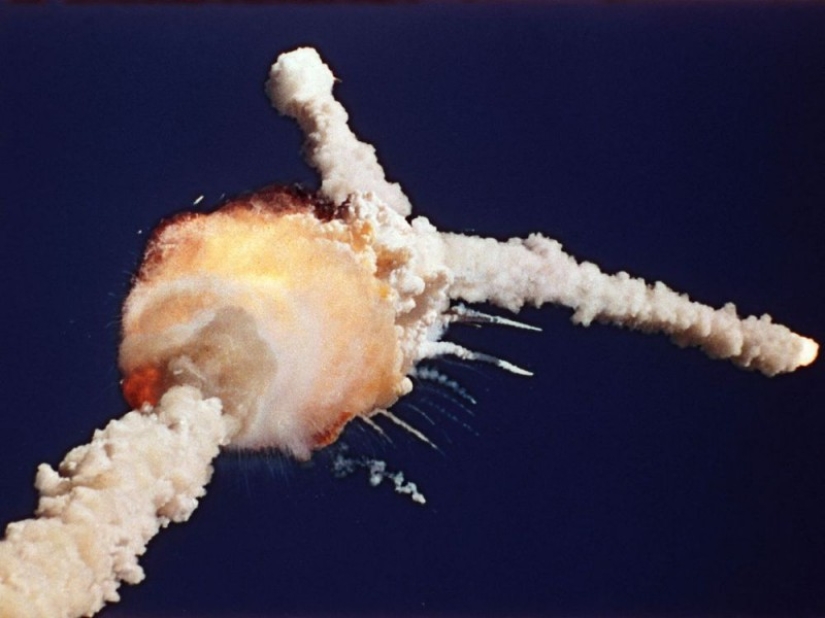 Source: LiveJournal/kiri2ll
Source: LiveJournal/kiri2ll
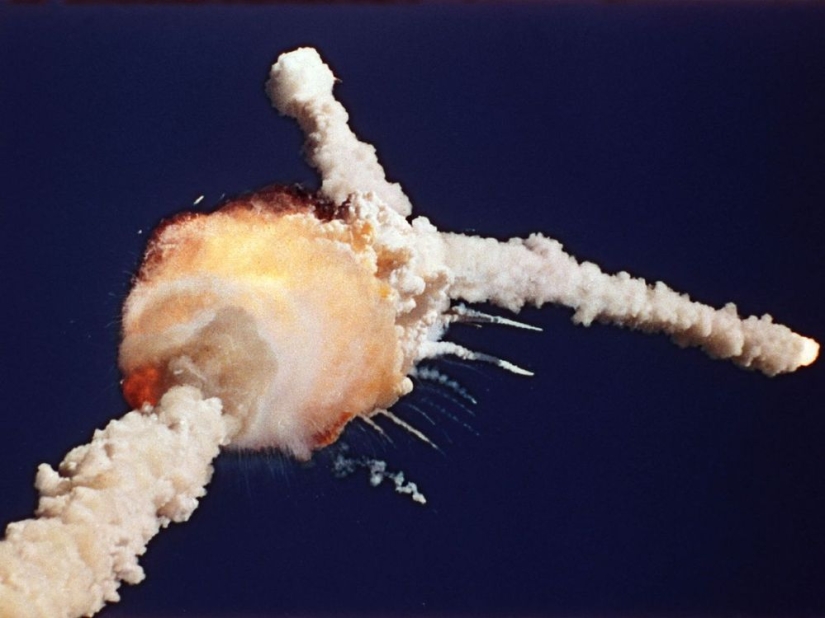
1. Breach of tightness allowed hot gases to burn through the body of the right accelerator and burn through its connection to the fuel tank. The accelerator body hit the top of the fuel tank, destroying it and causing an explosion of liquid hydrogen.
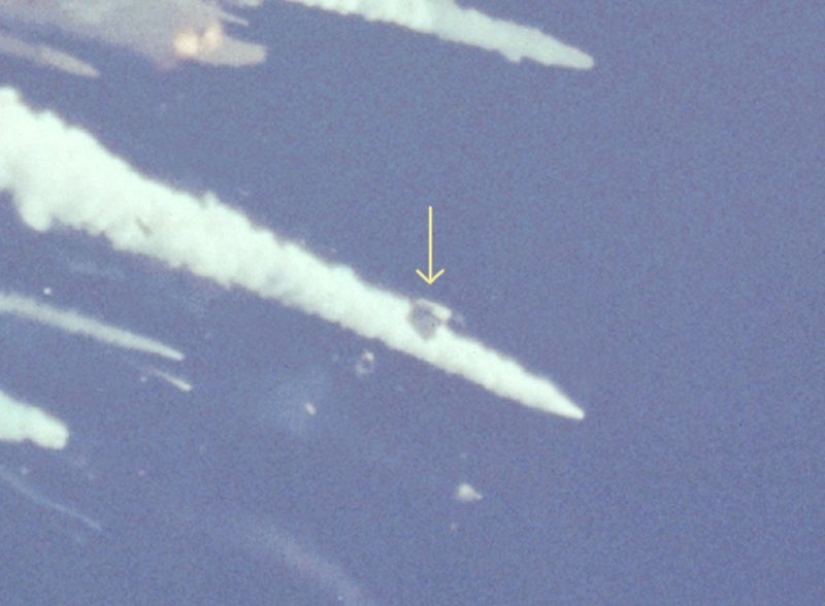
2. The capsule with seven astronauts survived the crash of the orbiter. During the investigation, it turned out that some crew members activated air supply devices, and several toggle switches were also switched. It is believed that the astronauts died only when the capsule hit the surface of the ocean. It remains to be hoped that the cabin was depressurized and they quickly lost consciousness. Falling from a height of 15 kilometers, counting down the seconds to death — I don't want to imagine it. The shuttles did not have any means of emergency rescue for the crew.
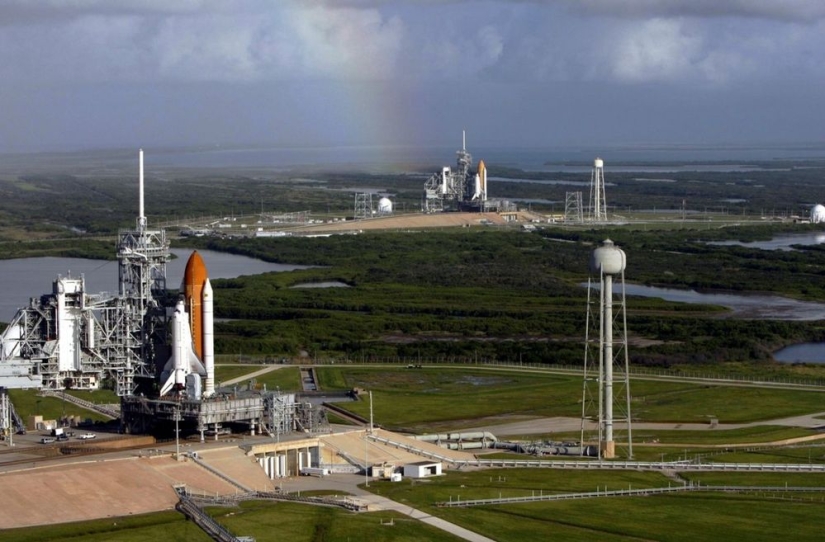
3. The Challenger disaster was a huge blow to the entire reusable spacecraft program. In the 1980s, in the best Stakhanov traditions, NASA sought to maximize the intensity of their launches. In 1985, shuttles flew into space a record nine times. On January 12, 1986, the Columbia shuttle went into space, the Challenger launched just 16 days after its launch.
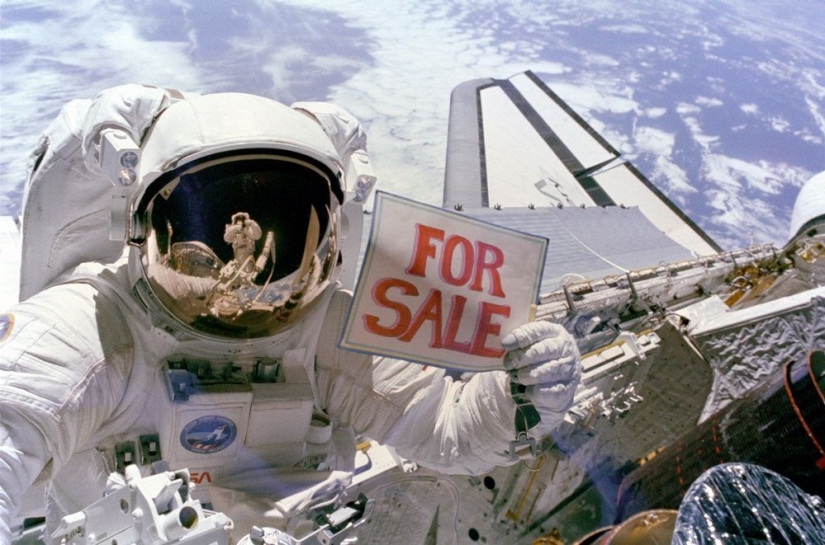
4. In total, the shuttles had to go into space about 15 times that year. According to the plan, the interval between some launches was supposed to be only a few days. After the death of the Challenger, I had to forget about all this. The shuttles stayed on earth for almost three years, and when they finally returned to space, because of the revision of safety standards, they never flew with such intensity again. After the Challenger, it was possible to completely forget about the self-sufficiency of the program. The idea of completely abandoning disposable rockets in favor of shuttles has also safely sunk into oblivion. But this is only part of the consequences.
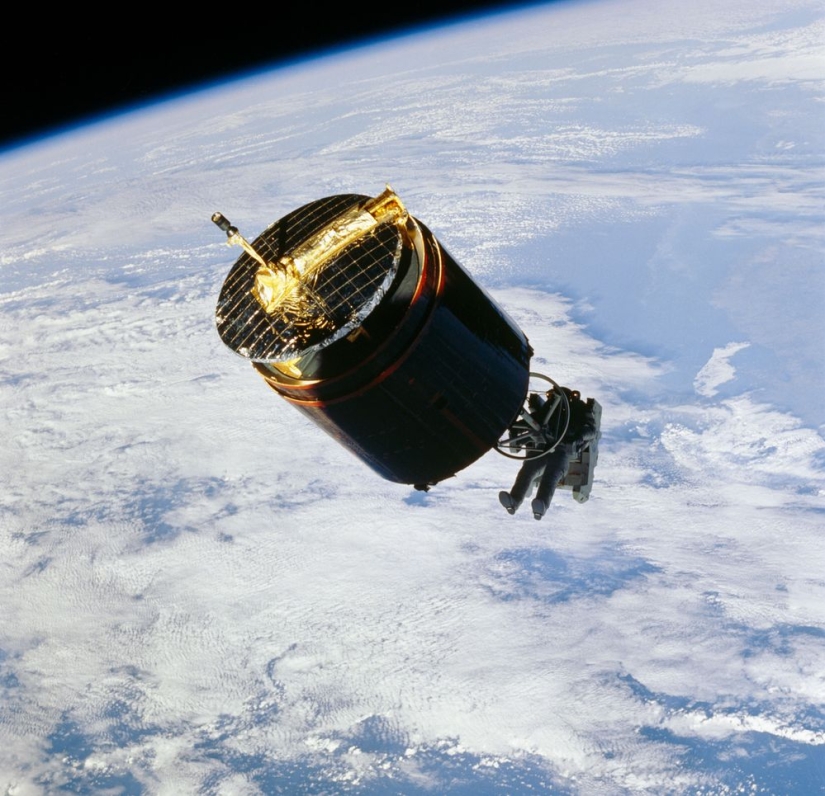
5. Shuttles were never used to launch commercial satellites into orbit again. After the Challenger, the shuttles performed only scientific missions or flew at the request of the Pentagon. No more insurance-paid missions like fly into space, pick up satellites placed in the wrong orbit and return them to Earth. MMU installations for moving in outer space have remained on Earth forever. According to the new safety standards, the use of space motorcycles was too dangerous.
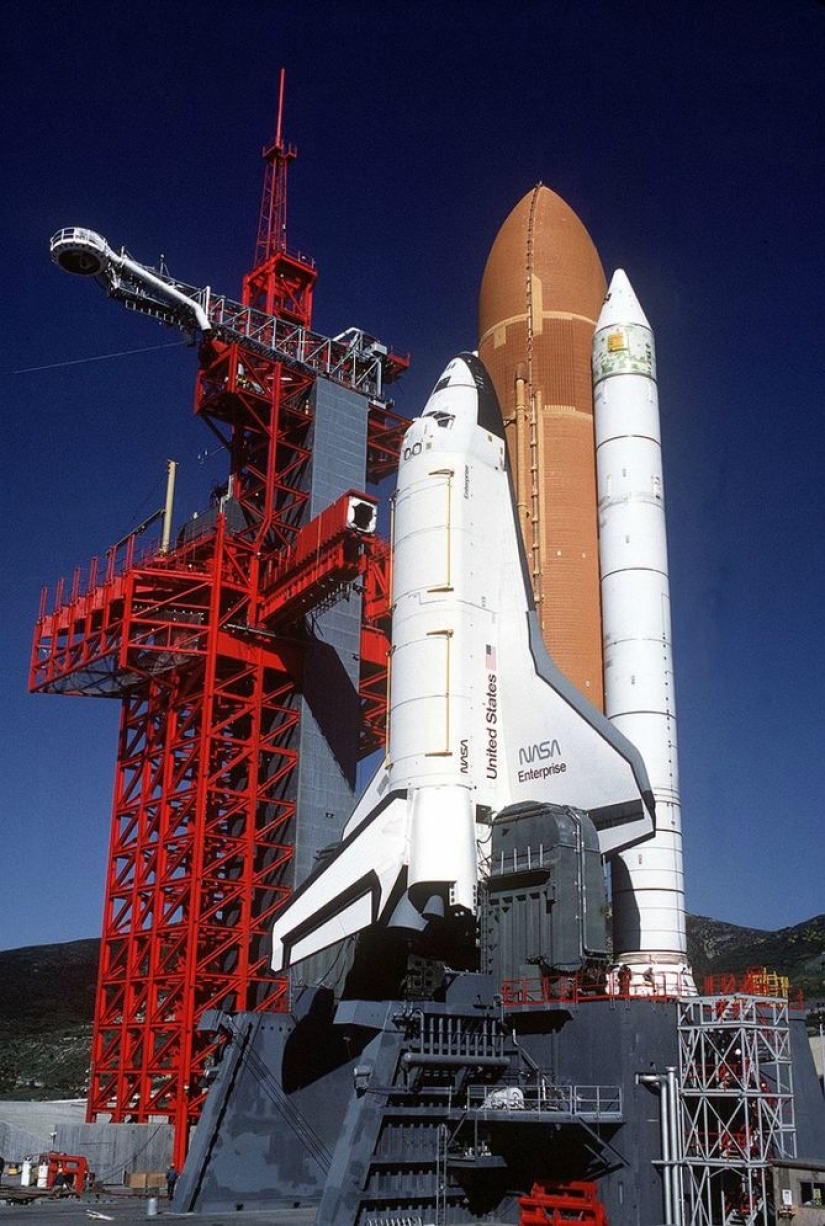
6. The military received a big headache, having invested billions of dollars in the construction of the SLC-6 launch complex at the Vandenberg base. From there, the shuttles were supposed to take cargo to polar and sun-synchronous orbits. The first launch was scheduled for the summer of 1986. Shortly after the Challenger disaster, the idea of launching shuttles from the west coast was abandoned.
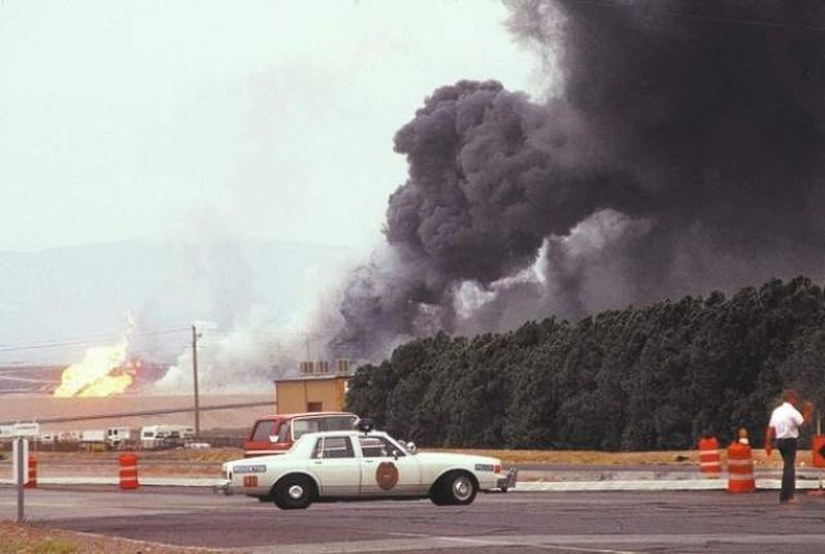
7. The death of the Challenger indirectly led to another catastrophe. Due to the standing of the shuttles on the dock at the PEPCON plant, which produced fuel for solid-fuel accelerators, there were large reserves of unused ammonium perchlorate. On May 4, 1988, a fire broke out there, which led to a series of detonations that leveled the entire production. The power of the largest of the explosions was about a kiloton.
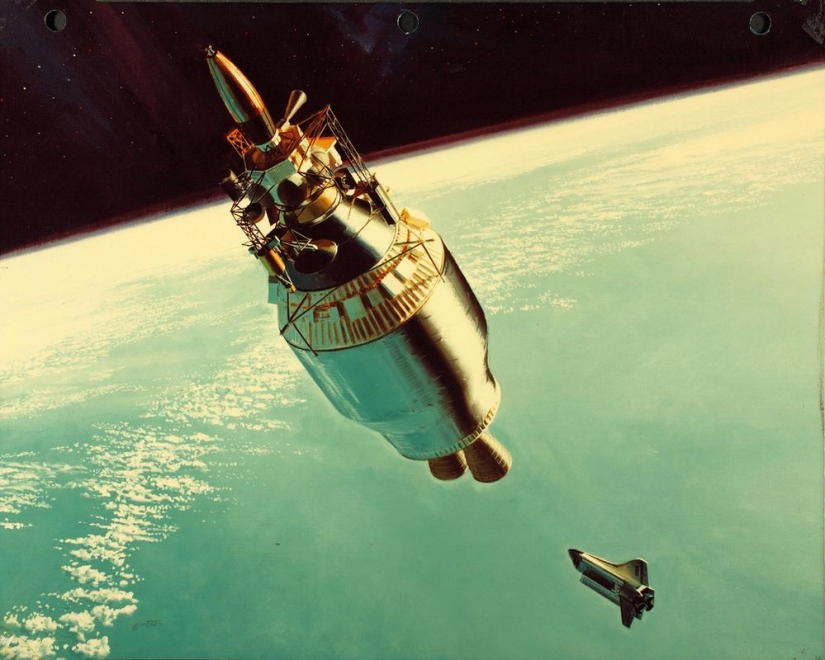
8. The scientific program was also dealt a big blow. After reviewing the safety standards, NASA abandoned the use of powerful Centaurus-G upper stages, which could provide research vehicles with a flight to other planets along a straight trajectory without gravitational maneuvers. This negatively affected the Galileo and Ulysses missions. Their launch was scheduled for 1986, but they went into space, respectively, only in 1989 and 1990, and their flight to the target due to the rejection of the Centaur-G lasted much longer than originally planned.
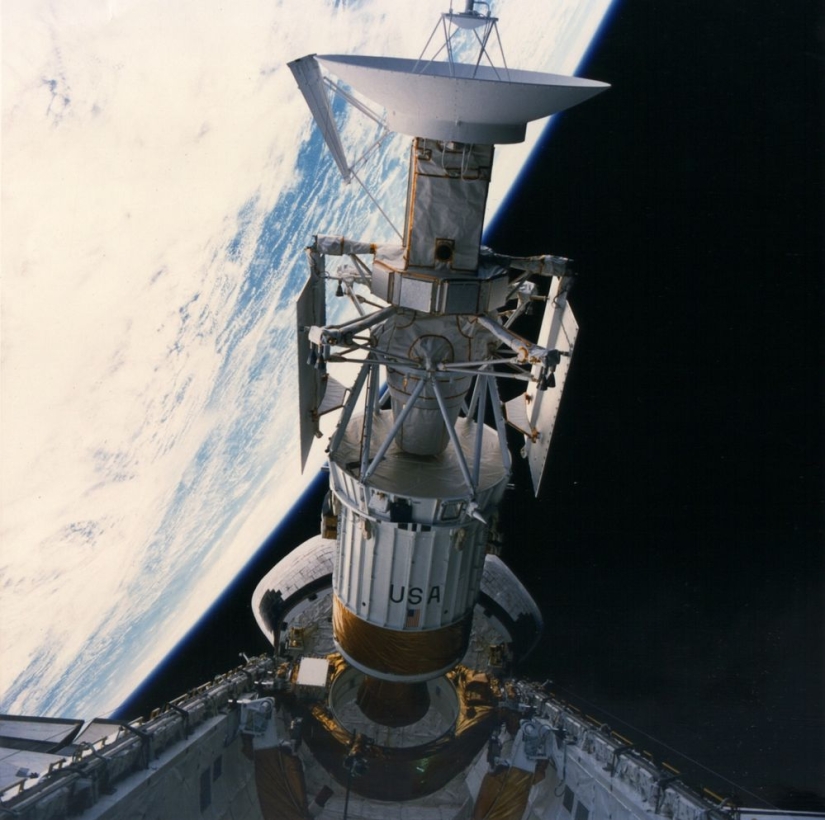
9. For Galileo, everything almost ended in the saddest way. Due to the change in the trajectory and the inclusion of Venus flights in it, it was decided not to deploy its antenna until the device moves away to a safe distance from the Sun. As a result, the antenna did not open at all. So throughout the mission, the station maintained contact with the Ground through an auxiliary antenna.
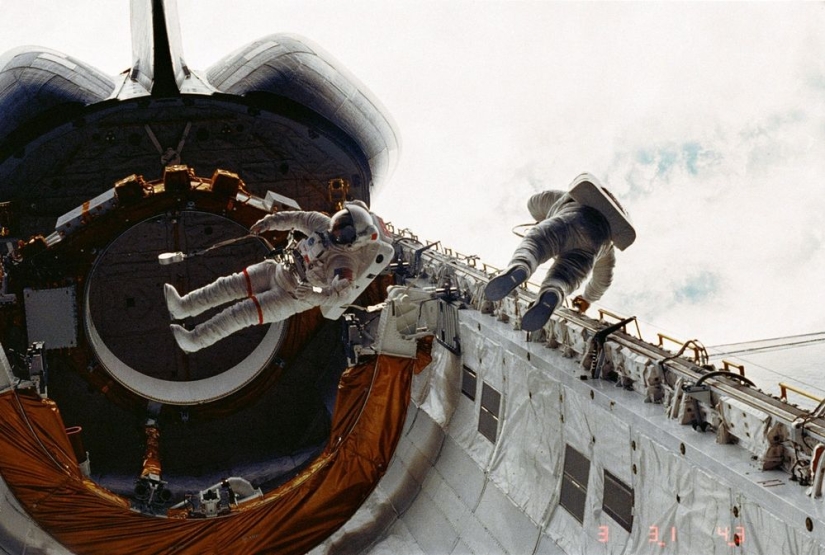
10. Another research mission postponed due to the termination of shuttle flights was Magellan. But there the delay was only a year. Much more significant for astronomers was the forced downtime of the Hubble space Telescope. He was supposed to go into space in September 1986, but eventually flew only in the spring of 1990.
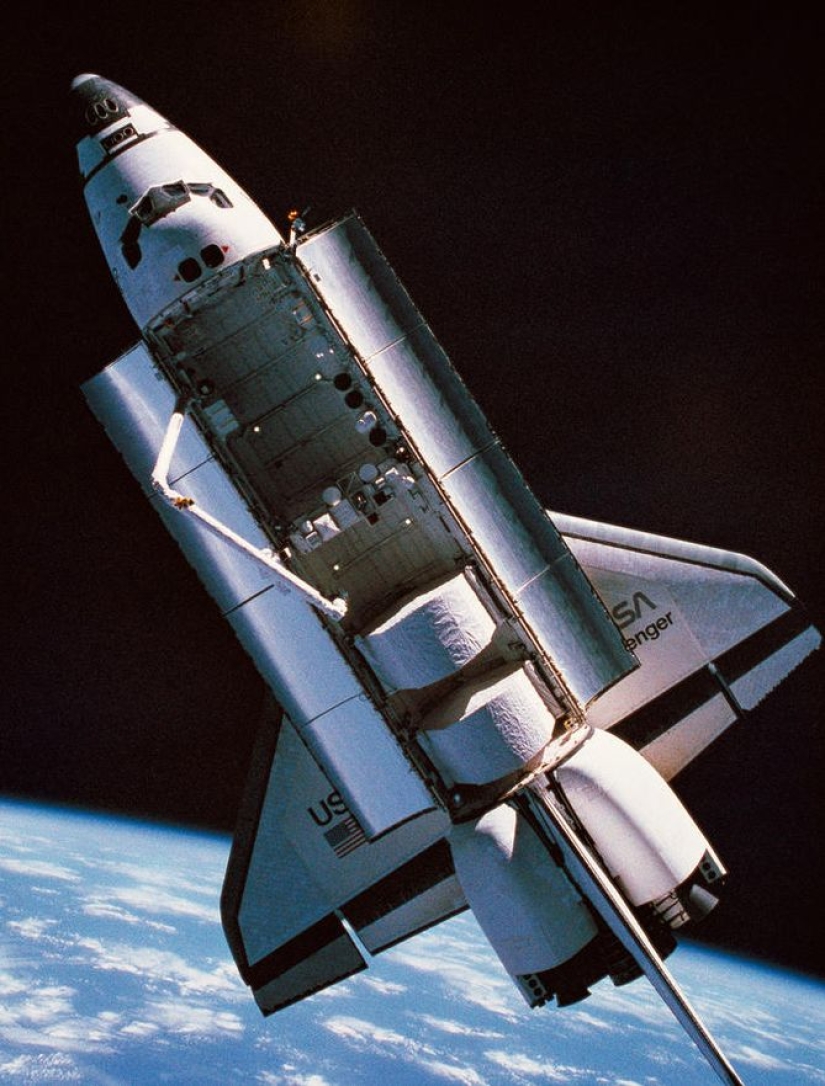
11. And this is only part of the consequences of the Challenger disaster, which had a truly huge impact on the entire development of the American space program. Could it have been avoided? Maybe. Would something have changed? I think not. Given the numerous design and organizational miscalculations, the huge underestimation of the risk (the probability of a disaster was estimated by NASA at a fantastic 1 in 100,000), as well as the intensity with which the shuttles had to fly, something like this would inevitably happen. It's just that we might have known it as the Discovery disaster or, say, Atlantis.

12. The legendary Richard Feynman, who was a member of the commission investigating the Challenger disaster and told the general public about its causes, summed up the whole story with the following phrase: "For the successful development of technology, reality must be put above PR, because nature cannot be fooled."
Keywords: Shuttle
Post News ArticleRecent articles

Sometimes reality presents us with amazing coincidences. Objects blend perfectly into the background, animals become invisible in ...

If it seems to you that the New Year holidays are being celebrated somehow incorrectly, then you definitely haven't seen these ...
Related articles

The film "Pale Blue Dot", directed by American director Noah Hawley, was presented at the Toronto Film Festival on September 11, ...

On January 28, 1986, one of the most high-profile catastrophes in the history of astronautics occurred. 73 seconds after launch ...

In Ancient Egypt, gods were revered, pharaohs were glorified, and majestic tombs were built. The builders of royal tombs were ...